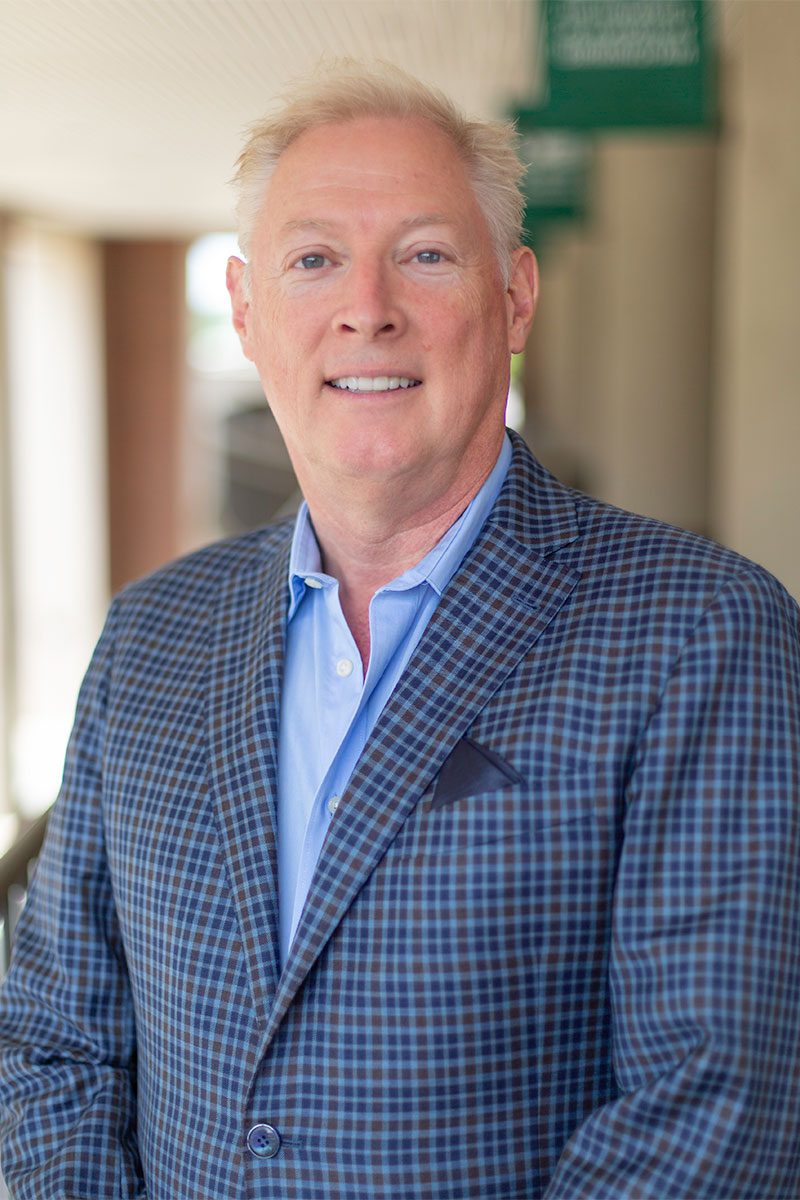Timothy Kraft, PhD, professor and interim associate dean for research in the UAB School of Optometry, has received a grant renewal of $464,046 from the National Institutes of Health (NIH), continuing research about the comprehensive quantification of cone dynamics. The cost for all 4-years is $1.77 million, and this notice is the award of year two of the four years.
Lawrence Sincich, PhD, UAB School of Optometry associate professor and interim director of the Vision Science Graduate Program, is the co-principle investigator of the project.
The primary aims of this grant are to generate a more comprehensive characterization of cone photoreceptor physiology in cone-dominated animals, including primates. These data will be used to develop a complete theoretical model of response properties based on cone phototransduction which will be of great use to vision scientists and may delineate the limits and boundaries of in vivo vs. in vitro experiments on the retina. An additional aim will be to detail how a novel form of cone activation—via pulsed infrared 2-photon excitation—may be used for improved spatial stimulation of cones.
Kraft said that to accurately predict where and how visual signals are generated by the nervous system we must first understand, in a very quantifiable way, exactly how the cone photoreceptors behave in various lighting conditions. The assumptions scientists have made for decades must be directly tested. For instance, do the observations made from cells in a dish also match the behavior of cells in the eye, and will photoreceptors of salamanders and turtles that are used for testing be a reasonable stand-in for primate and human tissue?
“These experiments are at the cutting edge of experimental technology,” he said. “The 2-photon laser and its controller for femto-second pulses is being designed in Dr. Sincich’s lab and will be applied in vivo to target a single cone for stimulation using adaptive optics and used in vitro where I will record directly from single cone photoreceptors.”
